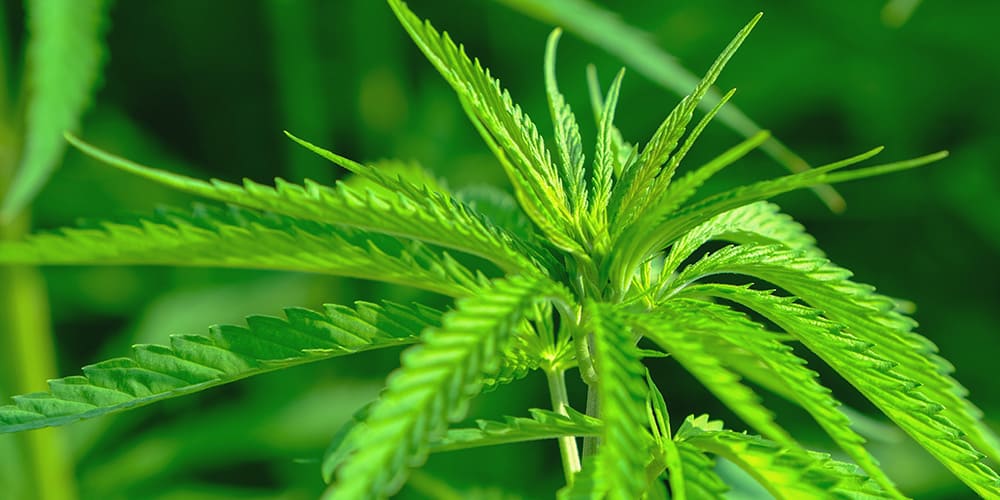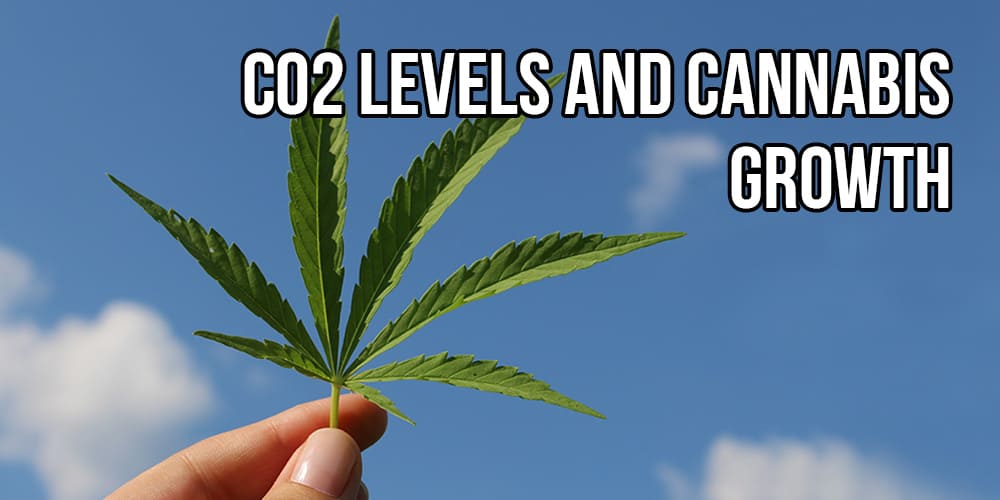
Weed Education
Does Sunlight Affect Weed?

Sunlight affect weed significantly, and understanding this impact is crucial for both cultivators and researchers. This detailed exploration focuses on the complex ways in which sunlight influences the growth and potency of cannabis, a topic of great importance in cannabis horticulture. The examination reveals how variations in sunlight intensity and duration can drastically alter the plant’s development, cannabinoid profiles, and overall vitality, providing essential insights for perfecting cultivation methods.
- Why Does Weed Affect People Differently?
- Parts of the cannabis plant
- Marijuana, Cannabis and Weed: What is the Difference?
Sunlight and Cannabis Growth

Photosynthesis is the fundamental process through which plants, including cannabis, transform light energy into chemical energy. This process is crucial for the growth and development of cannabis plants. They absorb sunlight, utilizing chlorophyll to convert carbon dioxide and water into glucose, a simple sugar, and oxygen. This transformation is essential for the plant’s growth and overall health.
Sunlight is vital for cannabis plants as it provides a full spectrum of light, encompassing all necessary wavelengths. Notably, blue and red wavelengths play pivotal roles in different growth stages. Blue light is particularly important for vegetative growth, fostering the development of strong stems and vibrant leaves. On the other hand, red light is instrumental during the flowering phase, significantly affecting the development, potency, and quality of the cannabis buds.
Set sail on a peaceful voyage with our Blueberry & Skywalker Hash Hole Pre-Roll. This hybrid blend merges the calming Blueberry strain with the potent tranquility of Skywalker. Ideal for seekers of serenity and uplifted spirits, it offers a perfect harmony of relaxation and gentle euphoria.
Sunlight Intensity and Cannabis Potency

Tetrahydrocannabinol and Cannabidiol are the two main cannabinoids found in cannabis plants, each with distinct properties and effects. Research indicates a significant relationship between sunlight intensity and the synthesis of these compounds in the plants. Higher levels of sunlight intensity tend to increase THC production, which is the primary psychoactive component in cannabis, thereby enhancing its potency and psychoactive effects.
However, the influence of sunlight on cannabinoid synthesis is complex. While increased light intensity can boost THC levels, it doesn’t uniformly affect CBD production. This differential impact necessitates careful consideration in cultivation practices, particularly for strains developed for specific cannabinoid profiles. The balance between THC and CBD is crucial for the desired therapeutic or recreational effects of the cannabis.
Excessive sunlight, while beneficial for THC production, can also pose risks. Intense sunlight can lead to excessive heat, which may stress cannabis plants. This stress can hinder their growth, negatively impacting overall health and potentially reducing cannabinoid production. Therefore, managing the light and heat exposure of cannabis plants is essential to maintain their health and ensure optimal cannabinoid potency. This balance is a critical aspect of cannabis cultivation, particularly in regions with strong sunlight intensity.
Sunlight Duration and the Photoperiod

Cannabis plants exhibit photoperiod sensitivity, responding to changes in the duration of daylight and darkness. This characteristic is crucial for their life cycle, particularly in transitioning from the vegetative to the flowering stage. The length of daylight and darkness directly influences when the plant stops focusing on leaf growth and begins to flower. In the natural environment, this transition is typically aligned with the changing seasons, especially as the days start to shorten at the end of summer.
Both outdoor and indoor cannabis cultivation practices are significantly influenced by this photoperiod sensitivity. Outdoor growers generally depend on the natural progression of seasons, where the shortening of daylight hours towards late summer naturally triggers the flowering stage in cannabis plants. Conversely, indoor growers have the advantage of controlling light exposure, manipulating the light cycles to optimize plant growth and flowering.
This control allows them to expedite the growth cycles, potentially leading to quicker harvests and the possibility of enhancing cannabinoid production through precise light management.
Step into the potent world of High Octane Blunt, an indica-dominant masterpiece wrapped in cigarette paper. Boasting a high THC level, it delivers unmatched tranquility and relaxation, perfect for combating chronic discomfort and sleep issues. Experience an uplifting cerebral haze, ideal for a blissful, unfocused state that eases stress and stimulates appetite.
Solutions in Sunlight Exposure

Sunlight intensity and duration, critical factors in cannabis cultivation, vary considerably based on geographical location. Regions situated closer to the equator receive more intense sunlight and have longer growing seasons. This increased exposure to sunlight not only influences the overall growth patterns of cannabis plants but can also have a significant impact on their potency. The intensity of the sun in these regions can lead to higher concentrations of cannabinoids like THC, making geographical location a key factor in cannabis cultivation.
However, in regions further from the equator, where sunlight is less intense and the growing season is shorter, growers often face challenges. To overcome these, many turn to the use of greenhouses. Greenhouses offer a controlled environment where light, temperature, and humidity can be managed more effectively. This control is essential in regions where natural sunlight is not sufficient for optimal cannabis growth. The greenhouse environment also provides protection from adverse weather conditions, which can be critical in less sunny regions.
Additionally, the use of supplemental lighting is a common strategy among growers in areas with limited sunlight. This artificial lighting, often in the form of high-intensity discharge lamps or LED lights, is used to mimic the ideal conditions of sunlight. The balance between natural and artificial light is crucial for the healthy growth of cannabis plants. Through careful management of light exposure, growers can ensure that their plants receive the right amount of light for optimal growth and cannabinoid production, despite geographic limitations.
Sunlight vs. Artificial Light: A Comparison

Sunlight, a key element in cannabis cultivation, is advantageous because it is free and offers a complete spectrum of light, which is essential for the healthy growth of cannabis plants. However, its availability and intensity are subject to uncontrollable environmental factors such as season, weather, and geographic location. This variability can pose challenges for growers who rely solely on natural sunlight, as they cannot control the amount of light their plants receive, which is crucial for different growth stages.
In contrast, artificial lighting provides a consistent and controllable source of light, allowing growers to manage the intensity and duration of light exposure with precision. This control is particularly beneficial in indoor growing environments or in regions with less natural sunlight. However, the use of artificial lighting comes with its own set of challenges, including higher energy consumption and associated financial costs. These factors need to be carefully considered, especially in large-scale cultivation operations where the cost and energy efficiency of lighting systems can significantly impact profitability.
To maximize the benefits of both sunlight and artificial light, many cultivators adopt a hybrid approach. This method combines natural sunlight with supplemental artificial lighting, providing a more controlled growing environment. Such a strategy allows for the optimization of light exposure throughout the plant’s life cycle, potentially leading to higher quality and yield. The hybrid approach can be particularly effective in regions with variable sunlight conditions, enabling growers to maintain consistent growth conditions regardless of external weather patterns.
Embark on a nocturnal adventure with Alien OG APE Double Blunts, ideal for evening or nighttime enjoyment. Known for its potent, balanced high and unique flavor profile, Alien OG promises a standout experience in the cannabis world, perfect for those seeking relaxation and sleep-inducing effects.

















